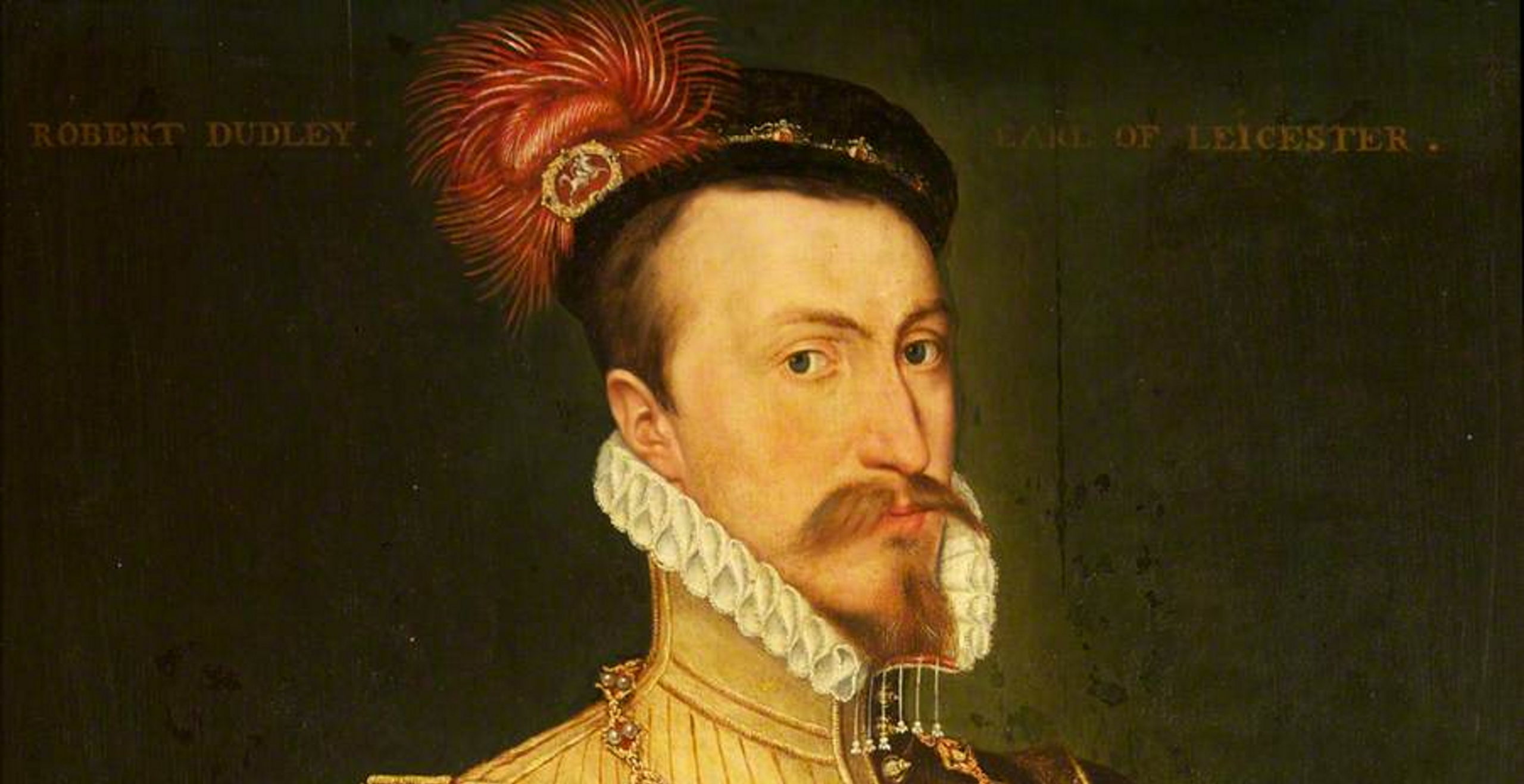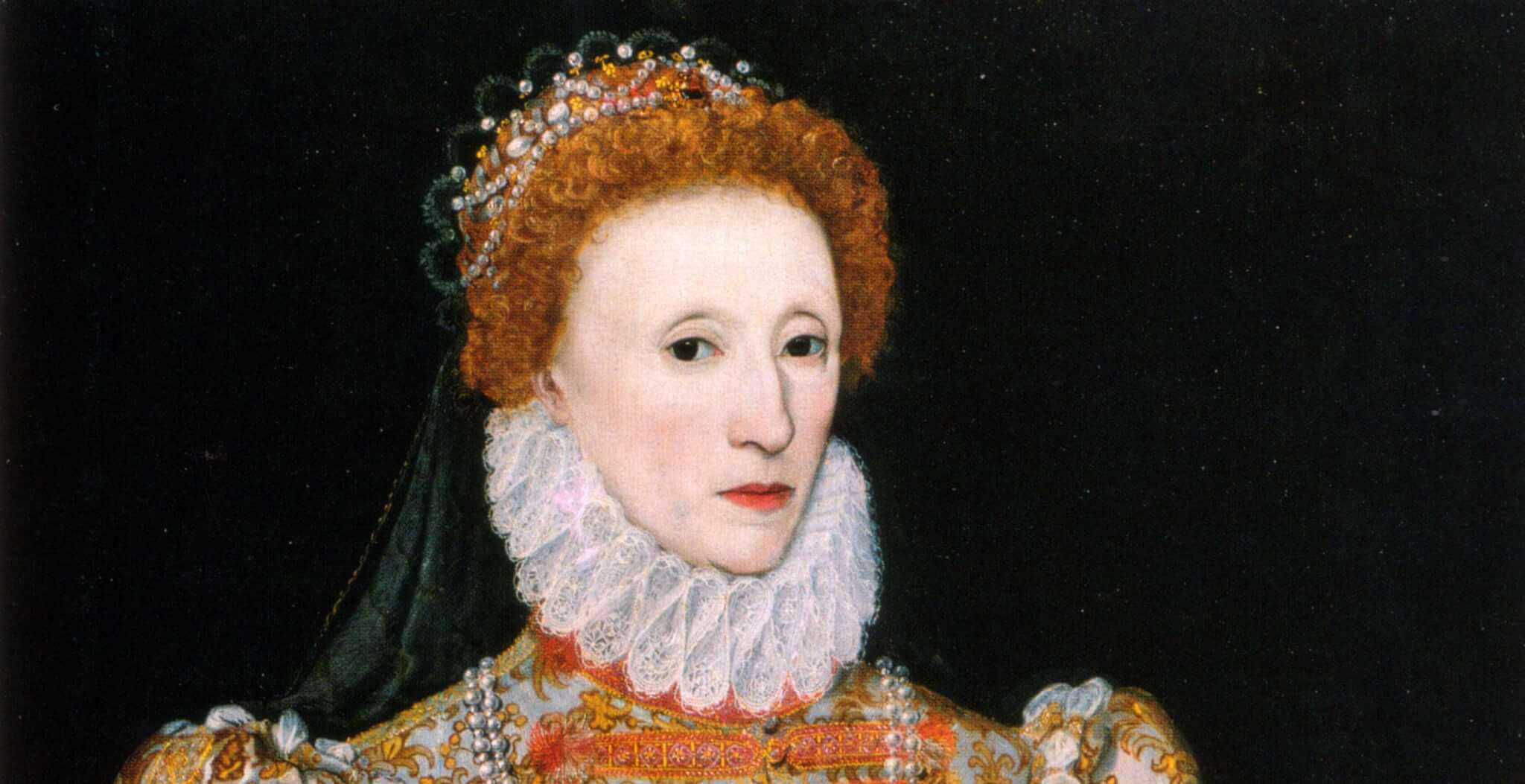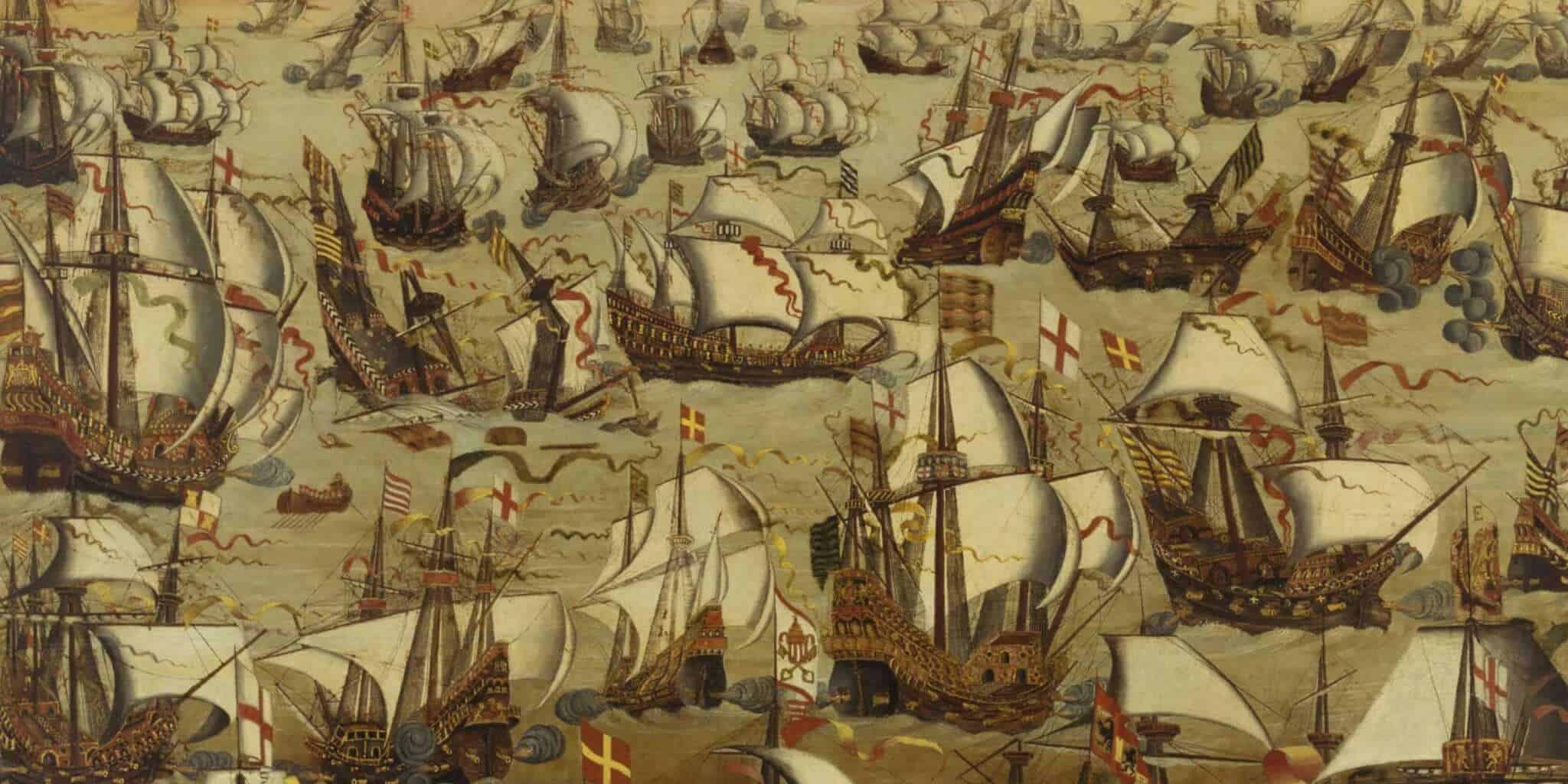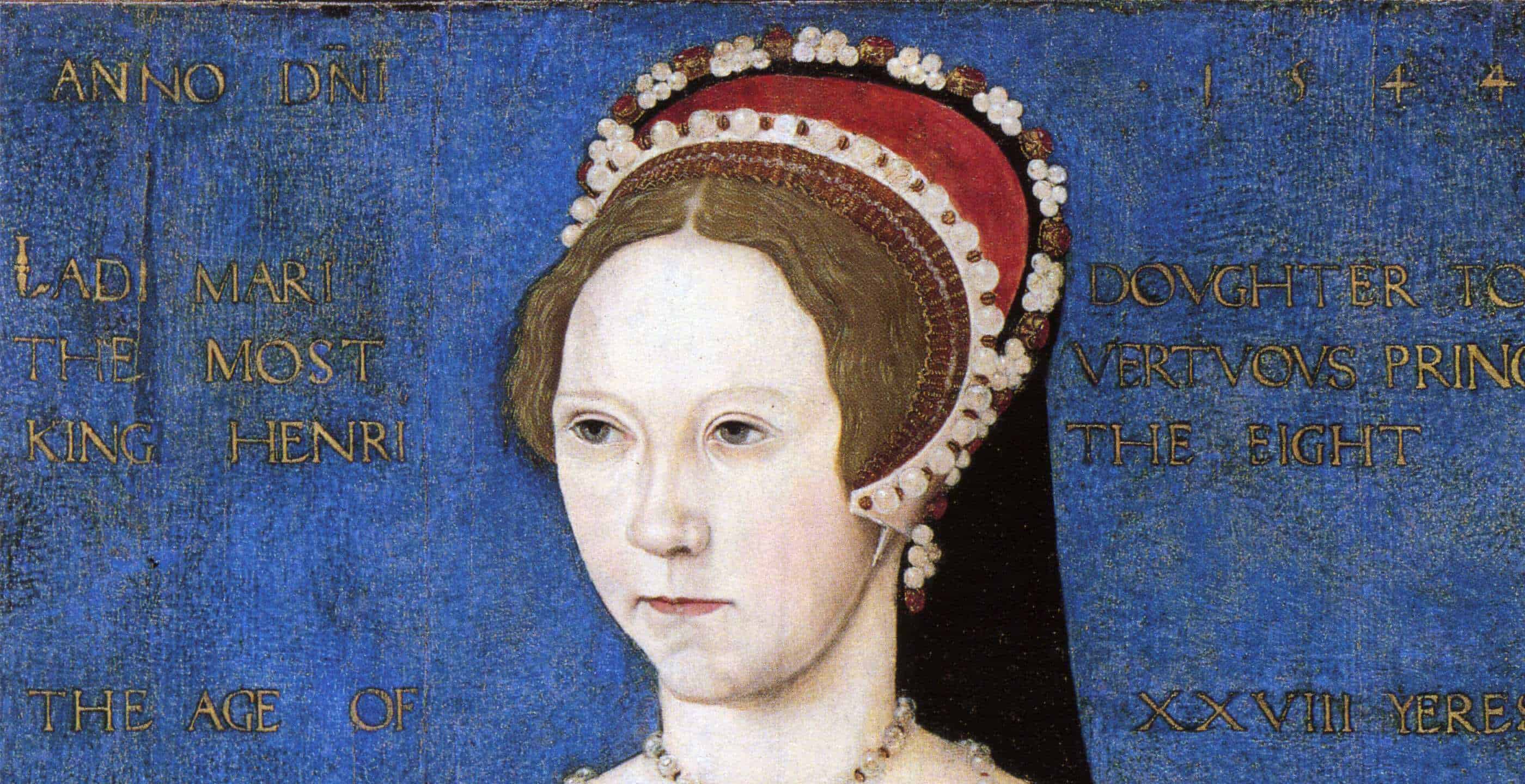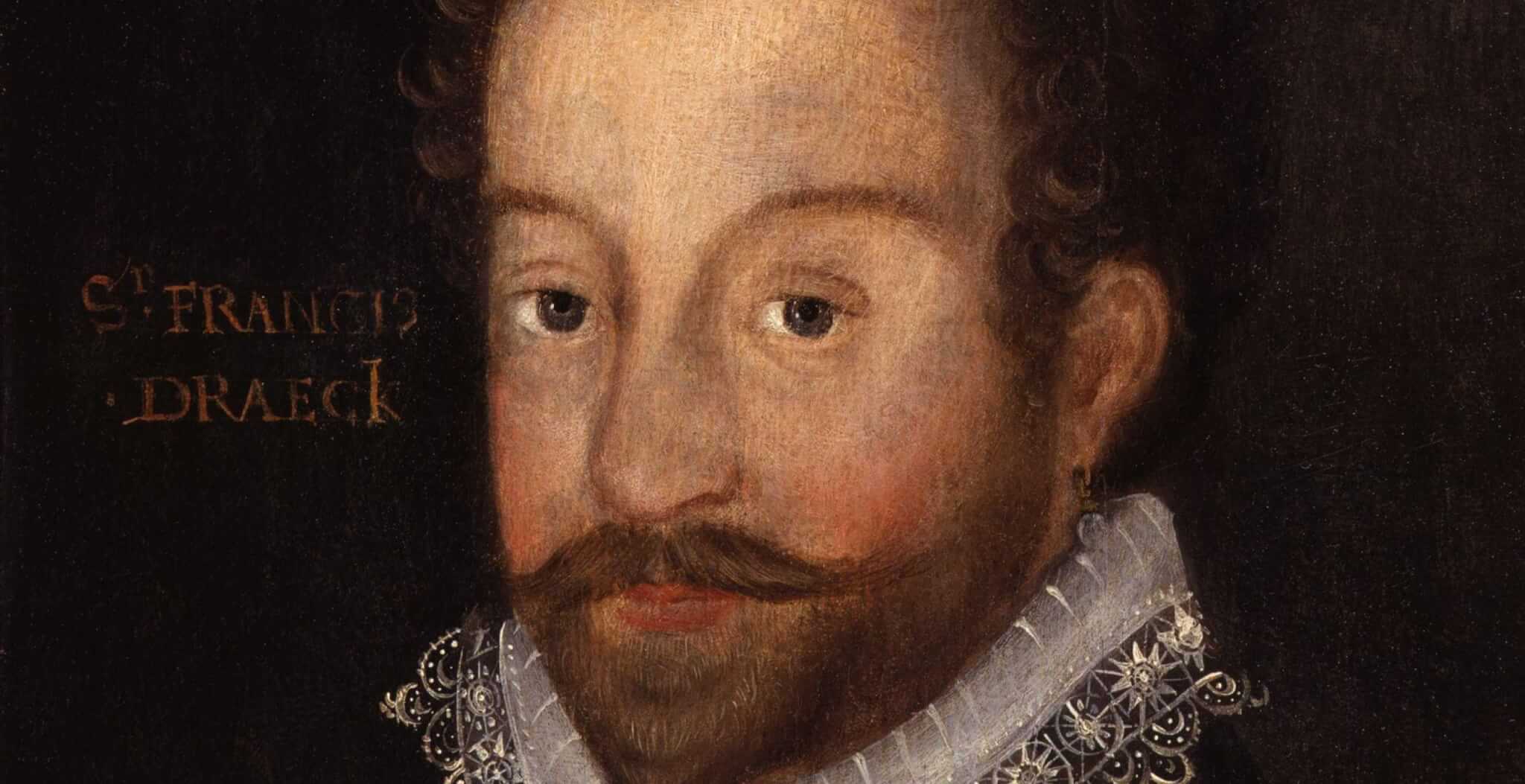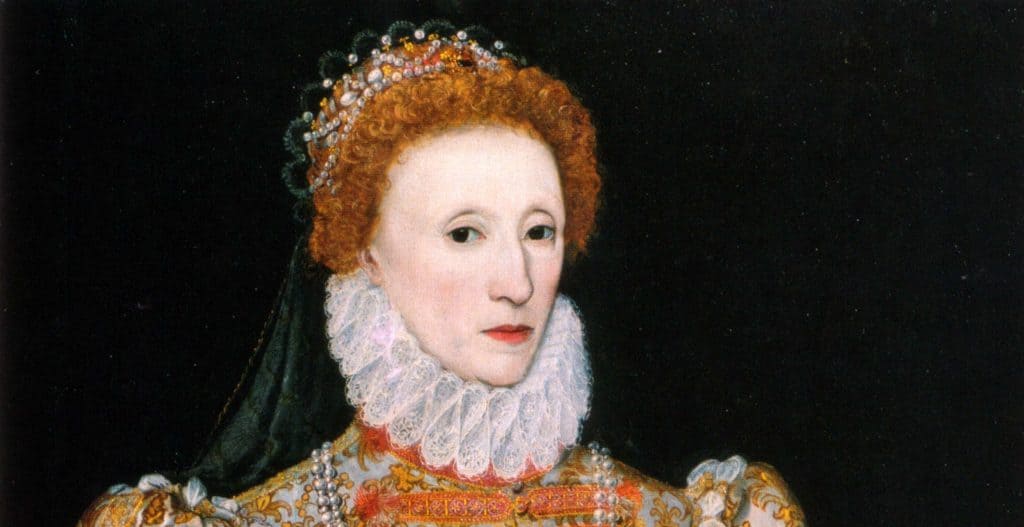If there was ever a man who could win the heart of Queen Elizabeth I, the Virgin Queen, it was Robert Dudley, the Earl of Leicester.
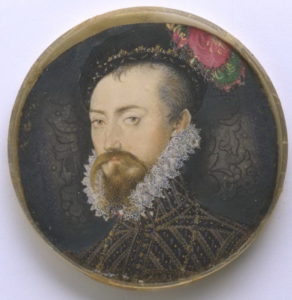
Whilst he was not the ideal candidate on paper, mired by scandal from the mysterious death of his first wife, Dudley however remained a firm favourite in the royal court.
Born on 24th June 1532, he was the fifth son of John Dudley, Duke of Northumberland and his wife, Jane. The family had already royal connections harking back to Robert’s grandfather, Edmund Dudley who had served as an advisor to Henry VII.
With young Robert Dudley in favour at Edward VI’s court, Elizabeth and Dudley’s acquaintance began in early childhood.
Robert’s upbringing and education had served him well for life as a courtier in the courts of both Henry VIII and his son Edward VI.
Moreover, his tutor, Roger Ascham also happened to be the tutor to young Elizabeth.
Their paths were destined to cross on many more occasions and his loyalty to Elizabeth would later be rewarded when she took her place on the throne.
In the meantime, Robert Dudley would continue to raise his profile professionally and in the courts, taking part in the suppression of Kett’s Rebellion which broke out in July 1549.
It was at this time that Robert Dudley met and married Amy Robsart, the daughter of Sir John Robsart, a gentleman farmer in Norfolk. They married in June 1550 and Robert became known as Lord Robert and established himself as an important figure in the local community as well as serving as a Member of Parliament for Norfolk in subsequent years. As Dudley began to make a name for himself during this time, events in the royal household would see Robert and Elizabeth cross paths and become closer as unfolding events left both individuals fighting for survival.
Upon the death of King Edward VI in July 1553, Robert’s father John Dudley, Duke of Northumberland attempted to place Lady Jane Grey, his daughter-in-law on the throne.
Meanwhile, Robert would lead troops into battle in a coup against Queen Mary I but to no avail. He was seized in King’s Lynn and ended up in the Tower of London, condemned to death alongside his four brothers and his father.
It was in this most dire of circumstances that Robert came across his childhood friend, Elizabeth, who had also been confined to the Tower after her half-sister Queen Mary suspected her of involvement in Wyatt’s rebellion.
By 1554, Robert’s brother Guildford had been executed however the rest of the family were able to secure their release thanks to the actions of their mother and brother-in-law Henry Sidney and their close relationship to important Spanish nobility, who were close to Mary’s husband.
The closeness of these relationships was vital for the continuing financial and social security of the Dudley family. In August 1557, the Dudley brothers would fight for Philip II at the Battle of St Quentin where sadly one of the brothers, Henry, lost his life.
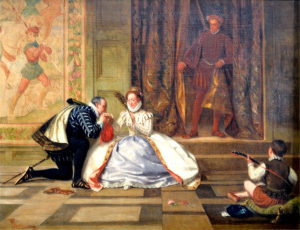
During Queen Mary’s reign, Robert Dudley and Elizabeth remained close, despite the fragility of both their positions. They would spend much of their free time together, partaking in pursuits they both enjoyed and engaging in endless conversations. This was of course a difficult line for both to tread, as those in the royal household knew of Dudley’s marriage.
By November 1558, the status of both Robert and Elizabeth was about to change greatly as Queen Mary died, leaving Elizabeth to ascend the throne. In a matter of days, Dudley became Master of the Horse, a valuable court position which gave him close contact with his royal mistress as well as great prestige in his own right.
With Elizabeth now Queen of England, Robert enjoyed many more privileges in court as his continued loyalty was subsequently rewarded and he became Knight of the Garter.
The closeness of their relationship was well-known in royal circles, so much so, that Robert became an official host on state occasions and many visiting foreign dignitaries courted his favour.
Of course such a close bond naturally attracted much speculation and rumours began to spread that they had conceived an illegitimate child. To make matters worse, in 1587 a man claiming to be Arthur Dudley, the illegitimate child of Elizabeth and Robert turned up at Philip II’s court in Madrid. With many enemies keen to exploit the situation, Elizabeth and Robert would face continued scrutiny however such judgement did little to alter the status of their relationship.
Perhaps the biggest threat to their bond came in 1560, when Robert’s long-suffering wife Amy died in mysterious circumstances.
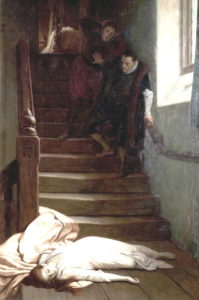
On 8th September, at their residence in Cumnor Place near Oxford, Amy’s body was found at the bottom of the stairs with her neck broken.
Unsurprisingly, wild speculation grew around the nature of her death as Robert himself called for an impartial inquiry, with the eventual verdict indicating an accident. Nevertheless, this did little to suppress the rumours of murder or even suicide, leaving many to point to Dudley as the main culprit.
Elizabeth in response, was forced to distance herself from Dudley until the scandal had been put to rest.
Nevertheless, in private, her stance was very different and they would continue to meet but now under much more clandestine circumstances. So much so, that she was thought to have disguised herself as a maid in order to watch Dudley in a shoot near Windsor Castle.
Whilst their meetings remained constant, the viable prospect of a marriage was now much mired by Robert’s past. That being said, Elizabeth continued to want to have him close and in 1562, after falling terribly ill with smallpox, the Queen arranged for Robert Dudley to be made Protector of the Realm.
After Elizabeth’s health recovered and those around her breathed a sigh of relief, Robert was made a privy councillor.
In private letters, Queen Elizabeth and Dudley used secret symbols and nicknames to communicate.
Meanwhile, in public, Elizabeth continued to entertain the prospect of marriage with other potential suitors whilst her closeness to Robert remained a consistent presence throughout much of her reign.
In 1575, Dudley pulled out all the stops in one last lavish attempt to win the Queen’s heart and get her agree to marry him. The grand gesture was a party thrown in her honour which lasted nineteen days with no expense spared.
The setting for this grandiose event was Kenilworth Castle in Warwickshire.
Within this almost three week extravaganza, Dudley wooed her with an ostentatious display of his wealth with great fireworks, an orchestra, organised hunts and popular entertainment of the day. Whilst Elizabeth enjoyed the festivities immensely, the reality of the prospective marriage posed too many problems.
In the meantime, despite the great lengths Dudley had gone to secure this union, he engaged in an affair with Lettice Knollys, a cousin of Queen Elizabeth and wife of Walter Devereux, 1st Earl of Essex.
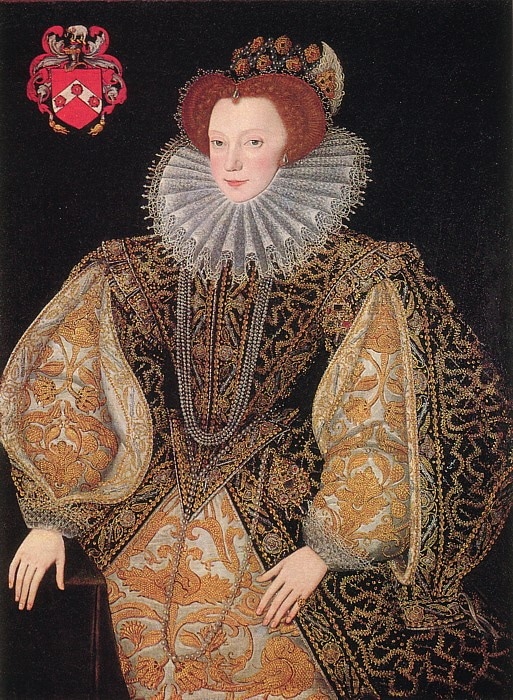
With Lettice being a favourite in the court and also family to Elizabeth I, her status as a mistress to Dudley spelled trouble for all involved.
After a few years engaging in the affair, Lettice fell pregnant and Dudley married her in a secret ceremony in 1578, however this was not destined to stay a secret for very long.
After finding out that her cousin had stolen Dudley, Elizabeth’s jealousy could not be contained as she was said to have boxed Lettice around the ears and banished her from the court before vowing to never see the “flouting wench” again.
Whilst the jealousy and deception hurt the Queen deeply, Dudley continued as a feature in royal life, holding prominent roles despite all the scandal which followed him.
Robert became a commander of English forces in the Netherlands who were providing help for the Dutch against those wishing to overthrow the rule of Spanish King Philip II.
Whilst his military career landed him in the Netherlands for the next two years, he would return to England without much to show for his efforts. It was upon his return that Mary, Queen of Scots was executed, an event for which he was present.
Robert Dudley had at this point very few supporters apart from Elizabeth who continued to have a soft spot for him despite all that he had done.
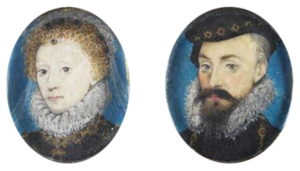
In 1588, when the Spanish Armada was on its way, Dudley was appointed “Lieutenant and Captain General of the Queen’s Armies and Companies”, showing the trust and faith she had in him.
After the successful defeat of the Armada, Dudley was said to have spent much of his time with the Queen, dining with her and riding through London. Already suffering from ill-health, these were set to be the last few moments he would spend with her: he died at Cornbury Park near Oxford on 4th September 1588.
With Robert Dudley’s passing, Elizabeth I confined herself to her room, overwhelmed by grief, a melancholy which few others shared.
Robert Dudley had lived an eventful life; his ancestry and status had set him on course for a great role in the royal courts but few could have guessed at the important and unique relationship he had developed with the famously inhospitable Queen Elizabeth I.
He had accomplished something which few others could claim; he had won the Queen’s affections, whilst never a husband, he was a suitor, a confidante, a companion and a lifelong friend despite all the odds.
Jessica Brain is a freelance writer specialising in history. Based in Kent and a lover of all things historical.
Published: 3rd March 2022
